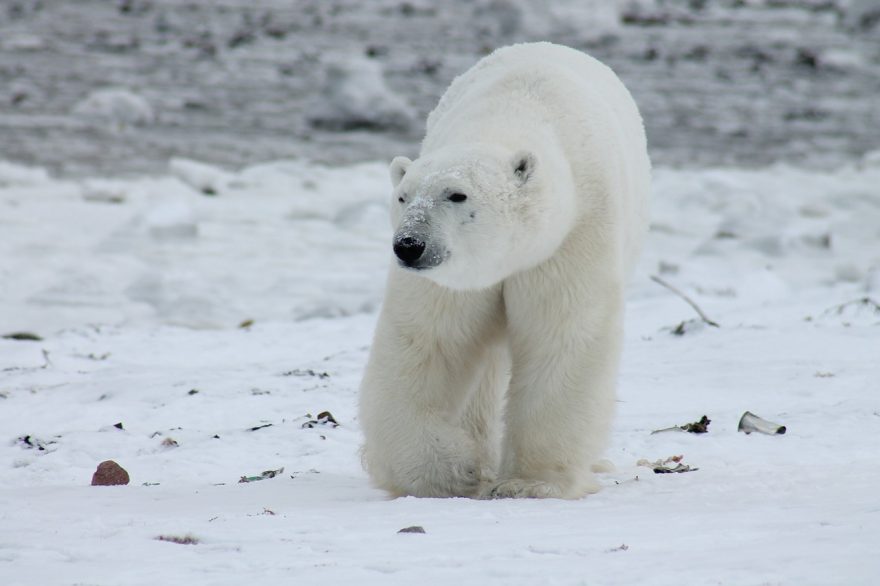
Every year people brave the cold to take part in one the many polar bear plunges that are held across the country. Many people decide to face the icy waters and take a dip as part of a charity fundraising event or simply to challenge themselves after all of the festive indulgence.
The low temperatures will require you to do some preparation before you submerge yourself in the water. This event is designed to be fun for families to participate in (even if the thought of it makes you shiver), so protect yourself with our top tips to enjoy a safe swim this winter.
Inform the Coast Guard
It is important that your local coast guard is aware of any events taking place over the holidays as a safety precaution. This will help to prevent any accidents and ensure there is a professional on hand in case anyone does get into trouble.
Many of these events are run by charities and organizations every year and will have fully trained first aid responders on site. If you are thinking of hosting your own winter swim with a group of friends or family, it is vital that you inform the coast guard and ensure that more than one person in attendance knows how to carry out first aid. A safety officer should always be appointed by the organizers, with a clear plan that can be put into practise in case of an emergency.
It is also advisable that you carry out a risk assessment and carry out all safety preparation before the day of the swim.
Monitor the Weather
Weather conditions are not always reliable during the winter months and can often become unpleasant or unsafe very quickly. In the weeks leading up to the swim, try to keep an eye on the weather so you can prepare yourself for what you will be facing on the day of the swim.
You should also remember that the sea can be extremely choppy, particularly in winter, which may cause difficulties when you are in the water.
Check the weather on the day of the swim itself before going ahead with the event. If you are participating in a designated swim event and are unsure how the weather will affect the event, you can get in touch with the appointed safety officer. When you sign up for the event, you should receive the contact information of the safety officer, as well as any advice on what to do in case of adverse weather conditions.
If the weather deteriorates, it may be too dangerous to go ahead with the swim – the best advice is to reschedule the event to another day.
Avoid Alcohol
Many people often think that drinking a small amount of certain types of alcohol – for example, whiskey or rum – will help to keep them warm during the swim. When it comes to facing such low temperatures, the warming properties of alcohol are a myth.
You should avoid alcohol before taking part in the plunge, especially on the day itself or around the time of the event.
Do not consume any alcohol immediately after you get out of the water either – contrary to popular belief, this can actually have a very dangerous impact on your body.
Layer of Clothing
Dress in light layers of clothing that you easily put on and take off to keep warm before and after the swim. For example, a hat and gloves are recommended as these will help to warm you up as you redress after getting out of the water. Dry and dress your torso first to help combat after-drop.
During the swim you may want to invest in a neoprene wetsuit to protect yourself.
Braving the Water
The most important safety tip is to get in and out of the water as quickly as possible. Try not to spend much time in the water and avoid diving in or spending excessive time standing around in the cold.
Try splashing some water on your face before getting in to help prepare your system for the cold you are about to face. It will also be helpful to monitor your breathing pattern when you first enter the water to make the experience more comfortable and much more enjoyable.
 Your Privacy Choices
Your Privacy Choices
 The
The